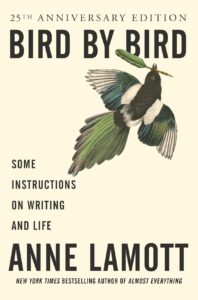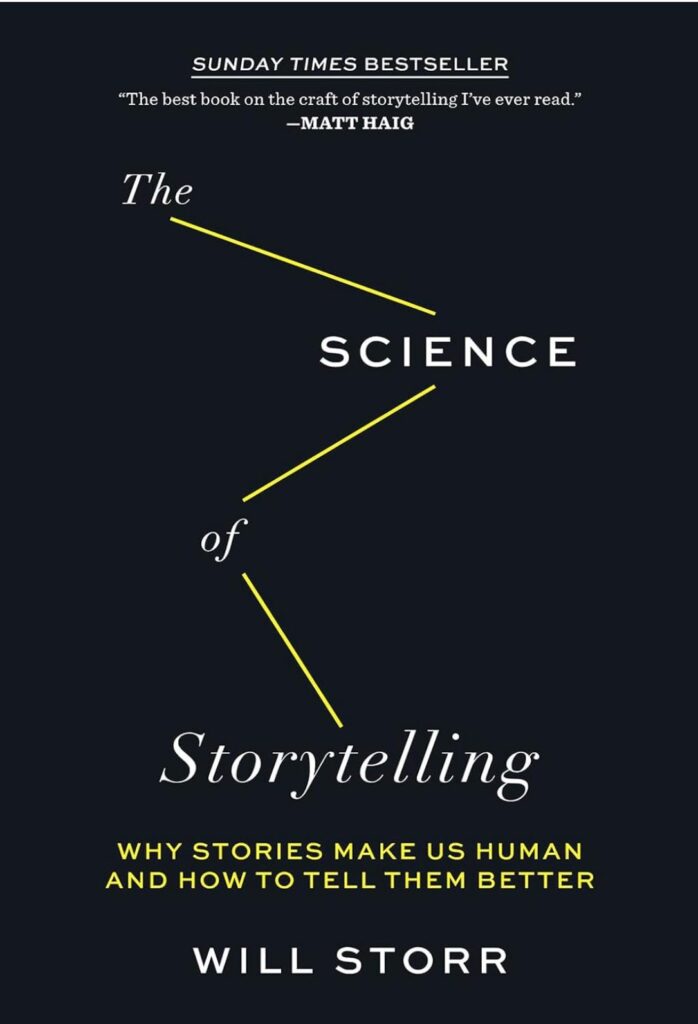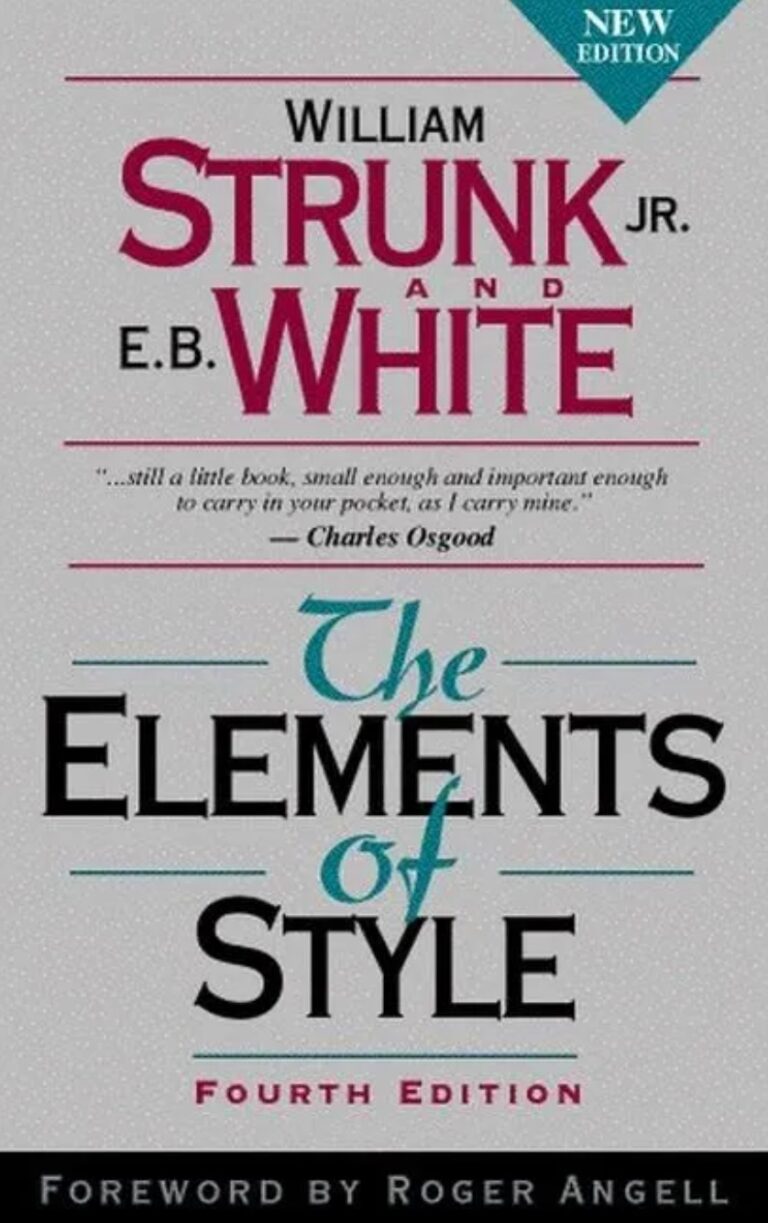As a Hucow story author, I’ve learned that one of the most powerful tools at our disposal is the internal monologue. It’s that secret space where we allow our characters to reveal their deepest desires, fears, and conflicts without needing to say a word.
For the readers of Hucow stories, where transformation, breeding, milking, and power dynamics reign, the internal monologue is a critical way to bridge the gap between external events and the characters’ emotional journeys.
In this post, I’ll share how I use internal monologues to heighten both desire and conflict in my stories, making characters feel more relatable, their struggles more intense, and their eventual transformation more satisfying.
Table of Contents
ToggleWhy Internal Monologue Is So Important
In Hucow fiction, characters often experience intense emotions and conflicting desires. The heroine might initially resist her new life as a Hucow but feel undeniable attraction to the alpha male. Or, the alpha might struggle to balance his need for control with his desire to protect and cherish the heroine. These layers of complexity are difficult to express in dialogue alone.
That’s where the internal monologue comes in. It gives readers access to the private thoughts of your characters. We can explore the heroine’s fear, her budding desire, and even the small flickers of hope that she might not be ready to express out loud. It’s in those moments of introspection that we build empathy and deepen the emotional connection between readers and characters.
Building Desire Through Internal Monologue
In many Hucow stories, the heroine is going through a physical and emotional transformation, often feeling an internal conflict between resistance and desire. Letting readers hear her thoughts as she navigates this can make the experience more intimate and engaging. The key is to use the internal monologue to show how her desires are growing and changing, even if she’s still struggling to accept them.
Subtle Shifts in Awareness
One of the most effective ways to build desire is to show the heroine slowly becoming aware of her changing body and mind. She may start noticing the physical sensations brought on by the transformation, or she might catch herself thinking about the alpha male more often than she’d like to admit.
Example:
“I could feel the changes coursing through me—my skin prickling, the heat building in my chest. I didn’t want to admit it, but a part of me liked it, craved it even. Was this what he wanted? Was this what I wanted? My mind screamed no, but my body… my body wasn’t so sure.”
This inner reflection allows readers to see the heroine wrestling with her desire, even if she hasn’t fully accepted it yet.
Contrasting Desire and Denial
Internal monologue is also a great way to create tension between what the heroine is thinking and what she’s willing to say out loud. On the surface, she might be protesting, but her thoughts can tell a different story. This contrast builds tension and keeps readers invested in her journey toward eventual acceptance.
Example:
“He was too close. I needed to push him away, to tell him this wasn’t what I wanted. But my lips stayed sealed, betraying me. My body wasn’t moving either. No matter how much my mind resisted, a deeper part of me was calling to him, craving his touch.”
By juxtaposing her internal conflict with her outward actions, you can create a richer narrative that shows the depth of her transformation.
Using Internal Monologue to Heighten Conflict
Desire isn’t the only thing that can be amplified through internal monologue. Conflict—whether internal or external—can be brought to life by showing how torn a character feels inside. In Hucow stories, this often involves the heroine’s resistance to her new life, or the alpha male’s struggle with his role as both protector and dominant figure.
The Heroine’s Struggle with Submission
Many Hucow stories revolve around the heroine’s resistance to her new role. She may be fighting against the idea of being submissive or grappling with her new physical reality. Internal monologue allows us to see this struggle up close, making the eventual surrender more impactful.
Example:
“I couldn’t let go. If I did, it would mean accepting what I’d become—what he wanted me to be. But the fight was draining me. I was running out of reasons to resist. And yet, I couldn’t just give in. Could I?”
This kind of inner conflict not only builds tension but also creates a deeper emotional journey for the heroine. Her eventual acceptance feels earned because we’ve seen her fight against it so hard.
The Alpha Male’s Conflict
While the heroine’s internal conflict is often the focus, the alpha male can also benefit from an internal monologue. He may be struggling with his desire to control the heroine while also wanting to protect her. These conflicting emotions can add complexity to his character, showing that his dominance isn’t just about power—it’s about responsibility.
Example:
“I needed her to understand. She wasn’t just another conquest, another Hucow. She was special. But how could I make her see that without breaking her? I needed to be strong, but every time I saw the fear in her eyes, my resolve faltered.”
This kind of internal struggle humanizes the alpha male, making him more than just a dominant figure. He becomes someone who is deeply invested in the heroine’s well-being, even if he doesn’t always show it.
Revealing Power Dynamics Through Thought
In Hucow stories, the power dynamics between the heroine and the alpha male are central to the plot. Internal monologue can be used to highlight these dynamics, showing how the characters view themselves and each other in the context of their roles.
The Heroine’s Changing Perspective
As the heroine’s internal monologue evolves, it can reflect her changing perspective on the alpha male. Early on, she may see him as a threat or someone trying to control her, but as her transformation progresses, her thoughts might shift to viewing him as a protector or even a partner.
Example:
“I hated the way he looked at me, like I was already his. But the longer I stood there, the more I realized I didn’t hate it at all. He was confident, sure of what he wanted—and maybe that was what I needed. Someone to take the reins when I couldn’t.”
This shift in internal monologue shows her changing feelings about her role and the alpha male, subtly revealing the evolving power dynamic.
The Alpha Male’s Inner Control
The alpha male’s internal monologue can also be used to show how he maintains control—both over the situation and over himself. Even though he might appear outwardly dominant, his thoughts can reveal the effort it takes to keep that control in place.
Example:
“Every fiber of my being wanted to take her, claim her as mine. But I had to be patient. She wasn’t ready yet. Not fully. I had to wait for her to come to me on her own terms—even if it killed me to hold back.”
This shows that even though the alpha male is in control, he is still mindful of the heroine’s needs, which adds depth to their relationship.
Some More Monologue Ideas
Here are a few more tips for writing effective internal monologue, especially for Hucow stories:
Use Monologue to Amplify Physical Sensations
In Hucow stories, physical transformation is often a key element. You can use internal monologue to emphasize how these changes affect the heroine’s body and emotions. Let her thoughts describe the tension in her muscles, the unfamiliar weight of her body, or the heat in her chest as desire builds.
Example:
“The tightness in my chest wasn’t just fear. It was something else—something deeper, hotter. My skin felt too sensitive, every touch sending ripples of sensation through me.”
Allow the Monologue to Reflect Change Over Time
As your heroine transforms, her inner thoughts should evolve as well. Early on, her monologue may be filled with resistance, confusion, or even anger. But as she grows into her new identity, let her internal thoughts reflect her changing mindset. This will help readers follow her emotional journey closely.
Example:
“At first, I hated the way my body was changing, the way it responded to him. But now… now, it feels like I’m finally understanding who I’m supposed to be.”
Balance Monologue with Action
While internal monologue is important, be sure to balance it with external action. Too much introspection can slow the pacing. Integrate her thoughts between actions, or have her reflect on a moment right after something physical happens. This makes the monologue feel more grounded in the moment.
Example:
“His hand brushed against my shoulder, and I shivered. I wanted to move away, to tell him to stop. But I didn’t. I couldn’t. Why wasn’t I pulling away?”
Use Monologue for Foreshadowing
Internal monologue is a great way to hint at future events or emotional shifts. If your heroine is conflicted about her feelings for the alpha male, her internal thoughts can offer small clues that she’s beginning to change, even if she doesn’t realize it yet. These subtle shifts keep readers intrigued and guessing what will happen next.
Example:
“Something in his eyes softened, just for a moment, and it made my heart skip. It was probably nothing, just a flicker of light, but I couldn’t shake the feeling that it meant something more.”
Let the Monologue Be Inconsistent
Internal thoughts are rarely organized and neat. Let your character’s monologue reflect the messy nature of human emotions. She might contradict herself or jump between fear, desire, and resistance within a single paragraph. This makes her thoughts feel more real and relatable.
Example:
“I didn’t want this. I couldn’t want this. But then why was I craving it so badly? Maybe I was losing my mind. Or maybe I was finally waking up to what I really needed.”
Tips for Writing Effective Internal Monologue in Hucow Stories
Now that we’ve explored how internal monologue can enhance desire and conflict, let’s dive into some actionable tips for writing effective internal thoughts in your Hucow stories.
Keep It Personal and Relatable
Internal monologue should always feel deeply personal. This is your chance to get inside your character’s head and show the reader how they’re feeling. Avoid making the thoughts too abstract or impersonal. Instead, focus on their raw emotions—what are they afraid of? What do they desire but can’t admit?
Show, Don’t Tell
Even though internal monologue is “telling” the reader what a character is thinking, you should still aim to “show” their emotions through sensory details and physical reactions. Instead of saying, “She was scared,” try something like, “Her pulse quickened, her hands trembling as the thought of surrender washed over her.” This helps readers feel the character’s emotions rather than just reading about them.
Use It to Create Tension
Internal monologue is a fantastic way to build tension in your story. Whether it’s the heroine’s battle with her desires or the alpha’s struggle to maintain control, showing these conflicts through internal thoughts can make the story more immersive.
Some Specific Monologue Examples for You to Use
Resistance and Confusion
The heroine is struggling to understand her place in this new world, conflicted about the changes happening to her body and mind.
“What is happening to me? This isn’t who I am. I’m not like them. I can’t be. But… why does it feel so right? Why can’t I stop thinking about him?”
Surrender to Desire
Here, the heroine begins to embrace her growing attraction to the alpha male, even as she tries to resist.
“Every time he touches me, my body betrays me. I shouldn’t want this. I should hate it. But I don’t. I want more. No, I need more. But what will happen if I give in completely?”
Conflicting Emotions
She’s torn between wanting to fight her feelings and acknowledging how much she’s changing.
“Part of me still wants to run. To escape before I lose myself entirely. But the other part… it craves this. Craves him. How did I get here? And why do I feel like this is exactly where I’m supposed to be?”
Realizing Submission
The heroine comes to terms with the fact that her submission is not a loss of power but a choice.
“I thought submitting meant losing everything. But the more I resist, the more I realize—it’s not about losing. It’s about trusting. Trusting him to lead me. Maybe that’s not weakness at all.”
Fear of Transformation
As her body transforms, she’s terrified of what she’s becoming, even though part of her knows it’s inevitable.
“I can feel it now—the changes. My body isn’t mine anymore. It belongs to him, to this place. And I’m scared. Terrified. But why is part of me… excited? Why can’t I stop thinking about how good it feels to let go?”
Emotional Conflict
The heroine tries to justify her actions to herself, torn between logic and desire.
“This isn’t logical. I know better than to get wrapped up in him, in this life. But here I am, drowning in thoughts of him, of us. I tell myself I need to stay strong, but my resolve is slipping, and I’m not sure I care anymore.”
Reluctant Acceptance
She realizes that resistance is futile, and her body and mind are shifting beyond her control.
“I’ve been fighting it for so long, but what’s the point? Every part of me is changing, no matter how hard I push back. Maybe it’s time to stop fighting. Maybe… maybe this is who I was always meant to be.”
Guilt and Longing
She feels guilty for wanting the transformation, for enjoying it more than she ever thought she would.
“I shouldn’t enjoy this. I shouldn’t want him. But I do. God help me, I do. Every time he looks at me, it sends a shiver down my spine, and no matter how hard I try, I can’t deny that I want to be his. Completely.”
Trusting the Alpha
The heroine starts to trust the alpha male, even though part of her is still hesitant.
“I shouldn’t trust him. I barely know him. But there’s something in his eyes, something that tells me he won’t let me fall. He’s strong, and I need that right now. Maybe… maybe it’s okay to let someone else take control.”
Realization of Belonging
She finally comes to terms with the fact that this new life, this transformation, is what she wants.
“I spent so long denying it, pushing it away. But now, I can’t imagine life any other way. This is where I belong, with him, in this place. I fought it, but now I see it was always meant to be.”
Overwhelmed by Sensation
The physical sensations of transformation overwhelm her, leaving her confused but exhilarated.
“Every inch of my skin feels like it’s on fire. The sensations are too much, too intense. But I can’t stop. I don’t want to. It’s like my body knows what it wants, even if my mind can’t keep up.”
Fear of Losing Control
She fears losing control of herself, but deep down, she knows it’s inevitable.
“I’m losing control. I can feel it slipping away, piece by piece. But there’s nothing I can do to stop it. Part of me is scared, but another part… it’s relieved. What does that say about me?”
Craving the Alpha’s Attention
She starts to crave the alpha’s attention, even though she knows she shouldn’t.
“Why do I keep thinking about him? I shouldn’t care. I shouldn’t want his approval. But I do. I want him to see me, to know that I’m his. It’s terrifying how much I need him.”
Confusion Over Her Own Feelings
She’s confused by the emotions the alpha male stirs in her, unsure whether she should trust them.
“How can I feel so many things at once? One minute, I hate him for what he’s doing to me. The next, I want nothing more than to be close to him. I don’t know if I can trust these feelings, but they won’t go away.”
Submission as Strength
She realizes that submitting doesn’t make her weak—it’s a new kind of strength.
“I thought submitting meant losing everything, but now I see it doesn’t. It means giving up control, yes, but it also means finding strength in that surrender. It means trusting him, and maybe, just maybe, that’s the bravest thing I can do.”
These additional monologue examples can be woven into your Hucow stories to show internal conflict, emotional depth, and character transformation.
Conclusion
Using internal monologue in Hucow stories is a powerful tool for showing desire, conflict, and emotional growth. By giving readers access to your characters’ private thoughts, you create a deeper connection between the reader and the characters, making the story more engaging and emotionally resonant.
As you write your next Hucow story, remember to use internal monologue to flesh out the emotional layers of your characters. Let your readers feel the heroine’s conflict, her slow surrender, and the alpha male’s internal struggle to balance dominance with care. These insights will keep your readers hooked, page after page.
References and More Information
Here are five unique references that you can use to research this fascinating topic more:
-
How to Write Internal Dialogue by MasterClass
This article provides an in-depth look at how to effectively write internal dialogue that reflects characters’ inner thoughts and emotions, making it a great resource for adding depth to your characters. -
The Art of Inner Dialogue by Writer’s Digest
This piece dives into the nuances of inner dialogue and its importance in driving character development, an essential element for Hucow authors working with transformative stories. -
Writing Characters’ Thoughts: Internal Monologue in Fiction by Now Novel
This guide covers how to write characters’ thoughts naturally, with a focus on showing rather than telling, which is key for creating immersive Hucow stories. -
Enhancing Character Through Internal Conflict by The Write Practice
This article teaches how internal conflict and monologue can be used to reveal character complexity and drive the narrative forward—perfect for authors writing in the Hucow genre where transformation and conflict are central.







































